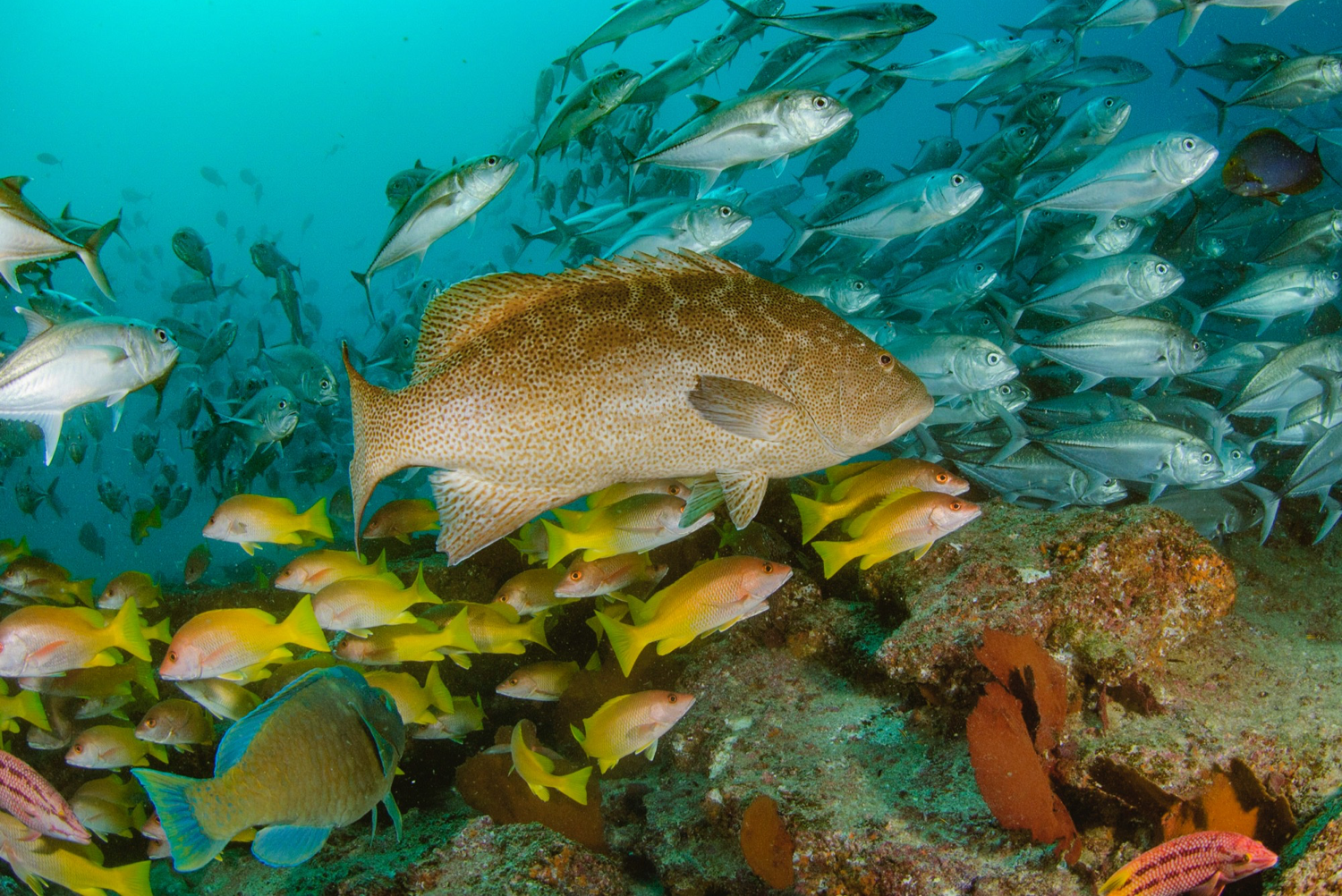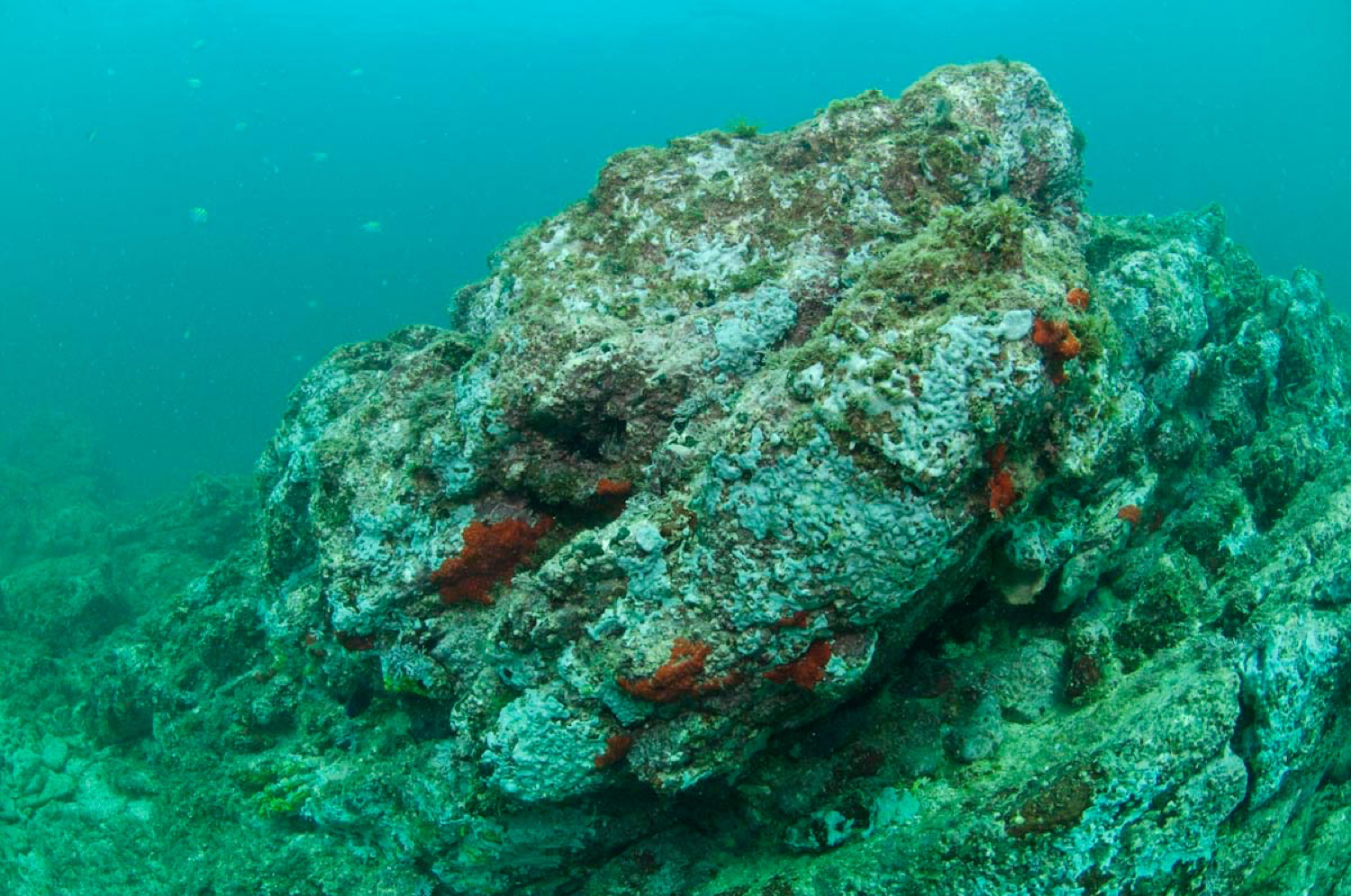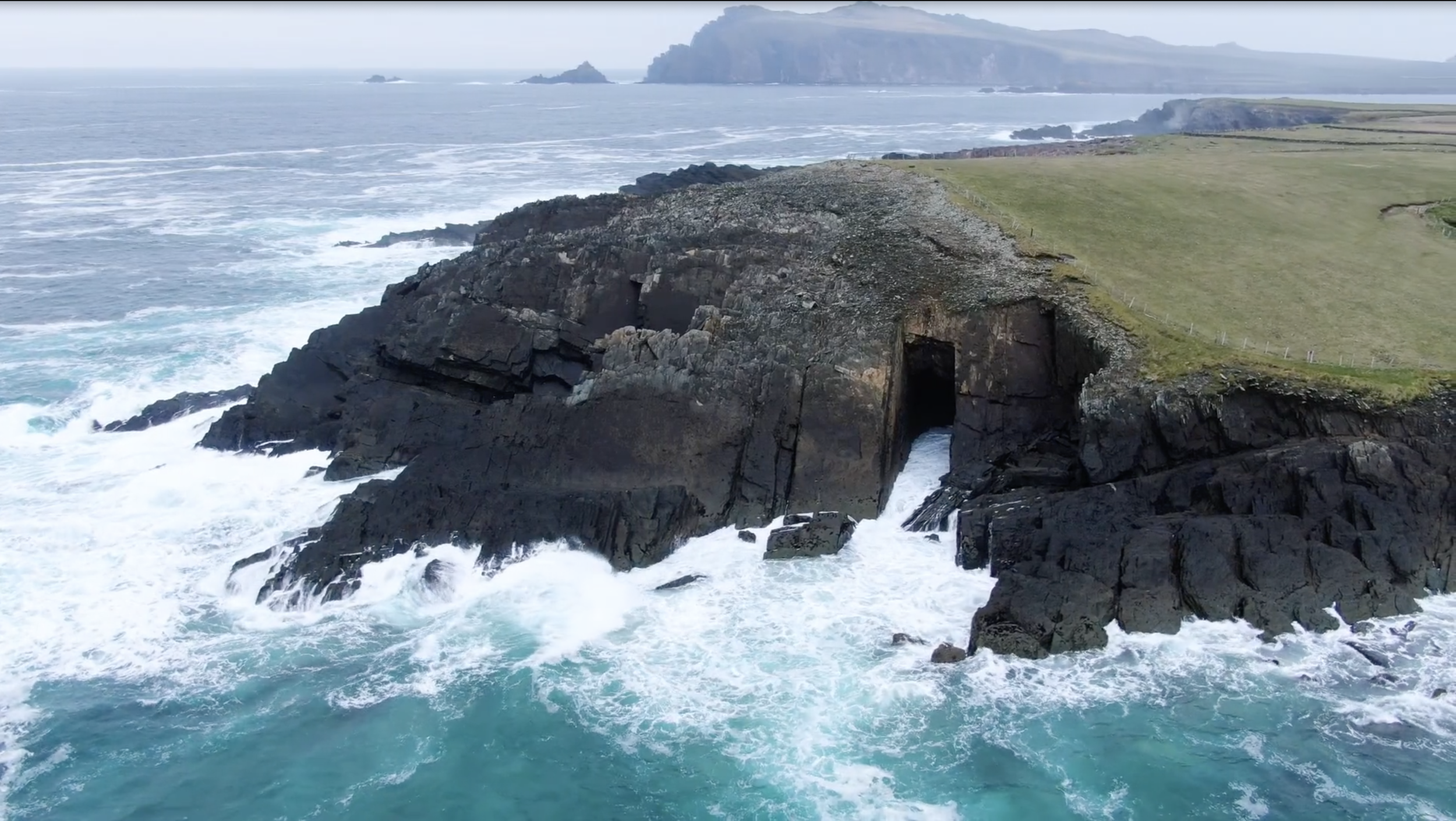
We Must Deliver for Nature
Today roughly 16% of the world’s land and 8% of its seas are currently under protection. However, in December 2022, parties to the Convention on Biological Diversity agreed upon a historic new deal for nature – The Kunming-Montreal Post-2020 Global Biodiversity Framework. This included the global target to protect at least 30% of terrestrial and inland water and at least 30% of coastal and marine areas by 2030.
If we are to meet the 30 by 30 goal, world leaders need to dramatically increase and expand protected and conserved areas, ramp up funding and ensure the full inclusion of Indigenous Peoples and local communities in conservation measures in order to protect the natural world.
Nature is our life support system
The natural world provides critical resources that sustain all life on Earth including human life — from the air we breathe and the water we drink, to the food we eat and the ecosystem services that counteract the damaging impacts of climate change. There is no substitute for all the ecosystem services nature provides.
Portion of total freshwater
consumption that’s used for agriculture
Read More
Value of services provided by
nature each year
Read More
Potential contribution of nature to global climate change mitigation efforts
Read More
Amount of wildlife that has disappeared in the last 50 years
The acreage of forest we lose every year
Amount of the global fish stocks that are overfished and the amount of freshwater fish are threatened
Life Rebounds: Case studies on nature's comebacks
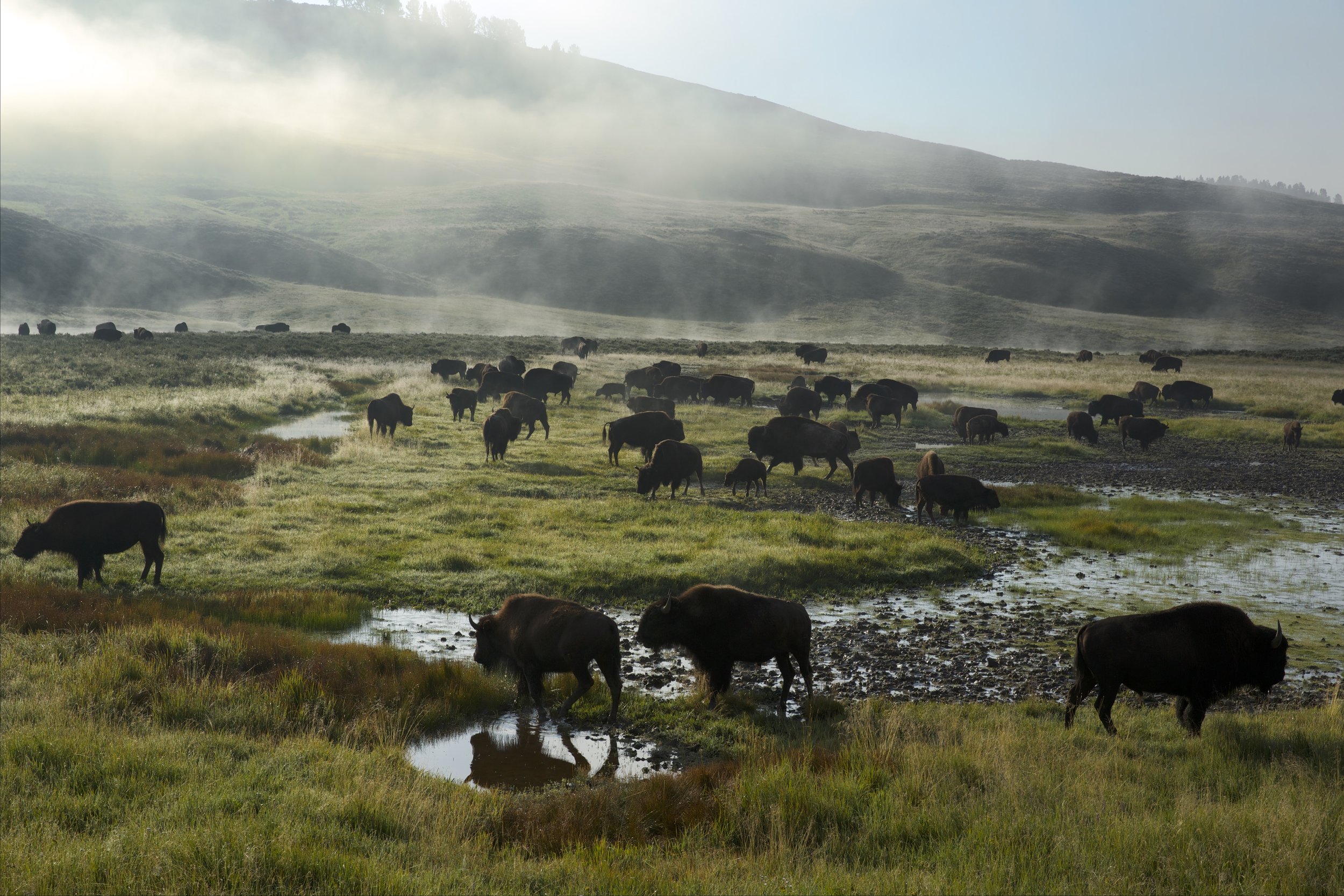
We know that in protected areas, life comes back.
Wolves in Yellowstone
When wolves were reintroduced to Yellowstone National Park after being locally extinct there for 70 years, ecosystems rebounded. After decades without wolves as a predator, grazing elk in the region had degraded landscapes, reducing the coverage of plants and small trees. With the reintroduction of wolves, elk changed their behavior, avoiding places where they faced threats from the wolves and allowing habitats for birds, otters, and aquatic life to bounce back.
Akagera National Park
After years of destruction from war, land conversion and poaching, life in Rwanda’s Akagera National Park is once again thriving. Akagera is one of the oldest national parks in Africa, and is one of only a handful of places on Earth where the “Big Five” (leopards, lions, Cape buffalo, elephants, and rhinoceros) can be found. But war turned the park into a battlefield and in 1997, the new government reduced the park by two thirds to accommodate resettlement of ethnic Tutsi and their 700,000 cattle. Wildlife, accustomed to roaming outside the newly-set boundaries, were hunted or poisoned. The park’s wildlife began to disappear; lions were gone by 2002 and the last black rhino was seen in 2007. But starting in 2009, the people of Rwanda made a commitment to rehabilitate the Akagera and began reintroducing wildlife. Now the populations of lions, rhinos and other wildlife are rebounding and the park is once again home to the “Big Five.”
Local Biodiversity Outlooks
Local Biodiversity Outlooks provides a snapshot of on-the-ground initiatives being led by Indigenous peoples and local communities that contribute to the successful implementation of the Strategic Plan for Biodiversity as well as other related global agreements such as the Sustainable Development Goals (SDGs) and the Paris Agreement on Climate Change.
Spotlight: Cabo Pulmo, Mexico
In the 1990s, Cabo Pulmo, near Baja California, Mexico, was an underwater desert. Local fishermen were so upset at not having enough fish to catch that they did something nobody expected—they decided to stop fishing completely.
They asked the Mexican government to create a national park 70 km2 in size in the sea.
In just ten years, what had been an underwater desert was now a kaleidoscope of life and color. The total fish biomass in the reserve increased by more than 460% and large predators like groupers, sharks and jacks had returned.
But it wasn’t just a miraculous turnaround for marine life, it was also one for the visionary fishermen.
By protecting this area as a Marine Protected Area (MPA) with a clear conservation management plan and robust enforcement of that plan, the area was able to recover —nature was given space and opportunity to thrive once again. This success led to a profitable diving tourism industry within the reserve and even spilled over into the surrounding waters where local fisherman were able to reap the benefits of a healthier, more sustainable marine ecosystem.
The Science Behind 30%
Take a deep dive into the latest scientific reports supporting 30% by 2030.
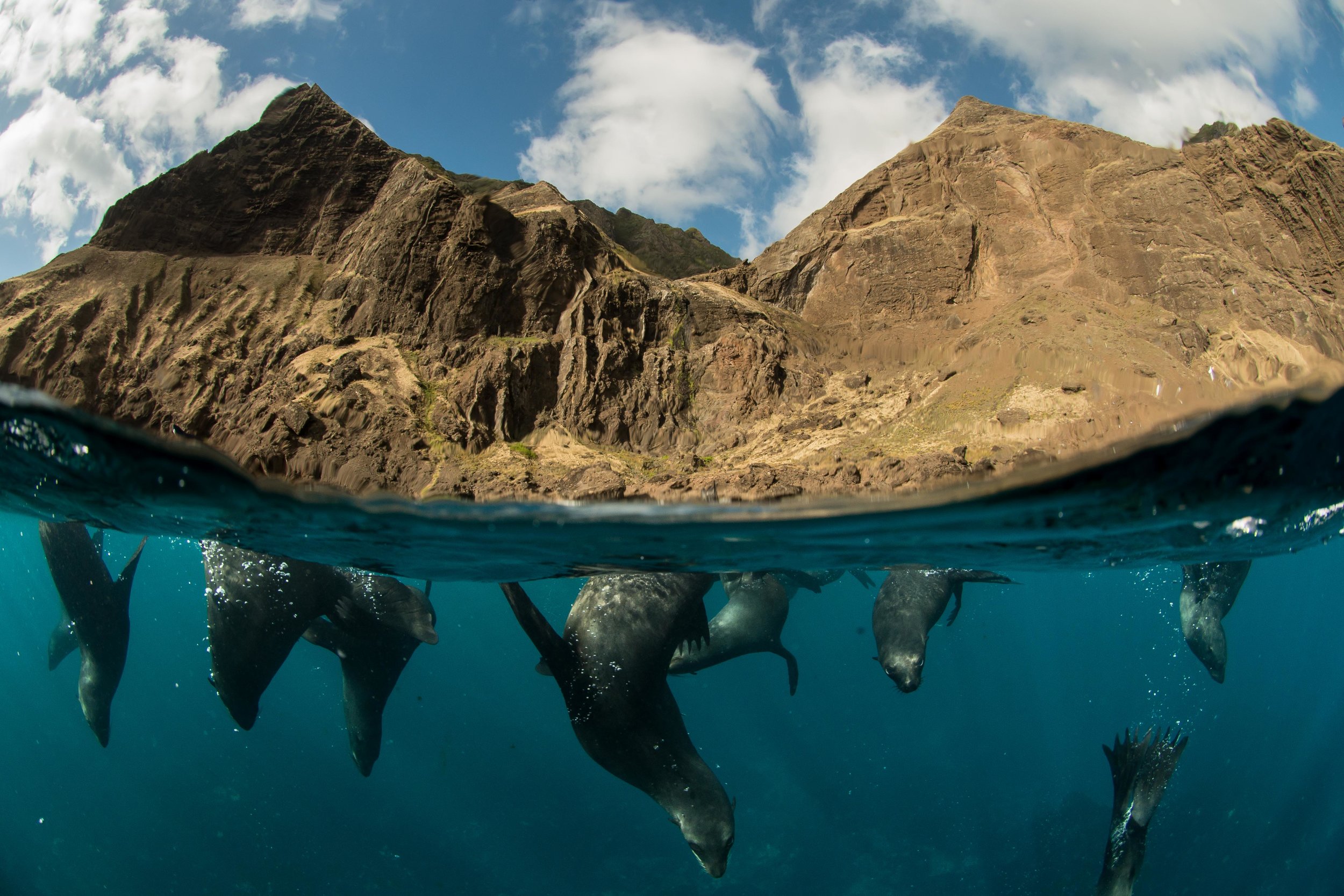
Banner video by Miles Iwes, Pexels, Photographs by: Michael Nichols, National Geographic (Life Rebounds); Octavio Aburto-Oropeza (Cabo Pulmo); Enric Sala, National Geographic (The Science Behind 30%).












